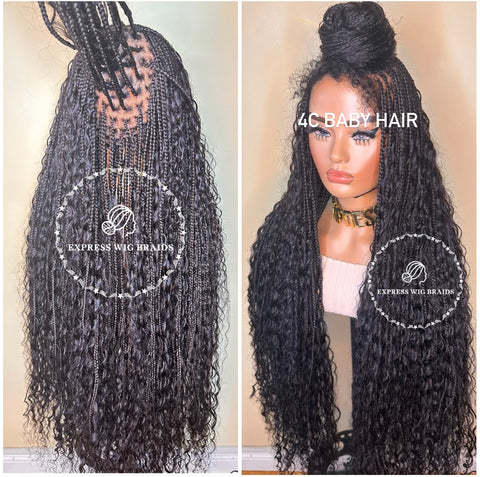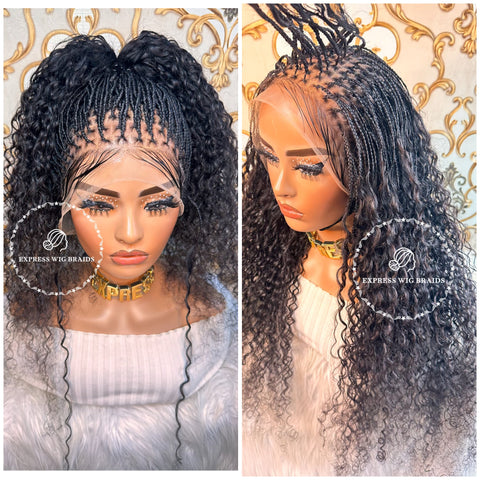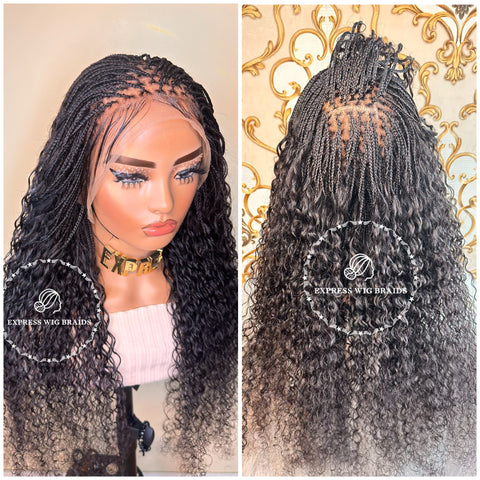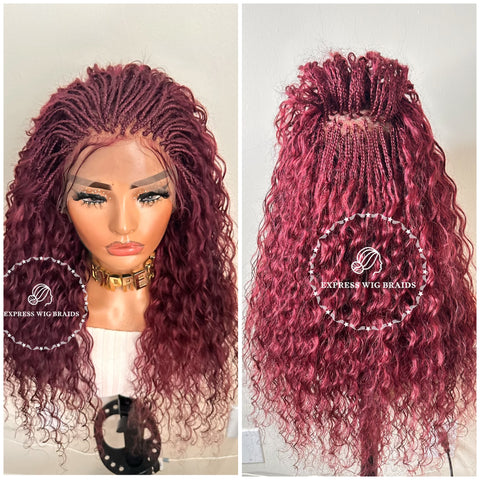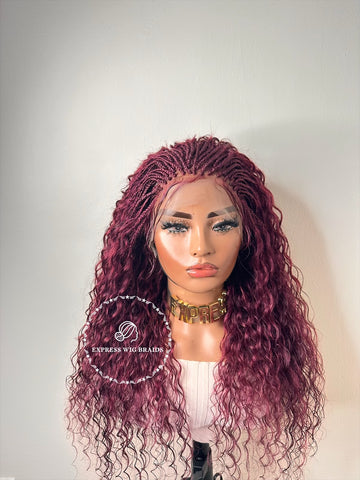How to Clean and Sterilize Your Hair Styling Tools

While your hair styling tools may look clean on the surface they can harbor a surprising amount of bacteria, oils, and product residue. Keeping these tools clean is not just about aesthetics, it helps prevent the spread of bacteria, fungi, and other pathogens that can lead to scalp infections or other health issues.
We'll cover the best practices and steps for cleaning and sterilizing your hair styling tools, ensuring they remain in top condition and safe to use.
Let’s get started on the main point right away!
Cleaning and Sterilizing Hair Brushes and Combs
Step-by-Step Guide:
- Remove Hair: Start by removing any hair tangled in the brush bristles or comb teeth. Use a comb, your fingers, or a pair of scissors to cut through and pull out any stubborn strands.
- Prepare Cleaning Solution: In a bowl, mix warm water with a few drops of mild shampoo or soap. For extra disinfecting power, you can add a tablespoon of baking soda.
- Soak Tools: Submerge the brushes and combs in the cleaning solution and let them soak for about 10-15 minutes. Avoid soaking wooden brushes or combs for too long as it can damage the wood.
- Scrub: Use a toothbrush or small brush to scrub between the bristles and teeth to remove any remaining residue.
- Rinse: Rinse the tools thoroughly under running water to remove any residue.
- Dry: Pat the tools dry with a soft cloth and lay them out on a clean towel to air dry completely.
- Sterilize: For added sterilization, dip a cotton swab in rubbing alcohol and run it along the bristles and teeth. You can also spray the tools with a mixture of equal parts water and white vinegar, then let them air dry.
Cleaning and Sterilizing Hairdryers
Step-by-Step Guide:
- Unplug and Cool Down: Always unplug your hairdryer and let it cool down completely before cleaning.
- Remove Attachments: Take off any attachments such as nozzles or diffusers and set them aside for separate cleaning.
- Clean the Filter: Most hairdryers have a removable filter at the back. Remove the filter and use a small brush or an old toothbrush to gently brush away lint, dust, and hair. Some filters can be rinsed under water, but check your hairdryer's manual first.
- Clean the Body: Dampen a soft cloth with a mixture of warm water and mild soap. Wipe down the body of the hairdryer, including the handle and any buttons.
- Clean Attachments: Soak the attachments in warm soapy water for a few minutes, then scrub with a brush if needed. Rinse and let them air dry.
- Sterilize: Spray the body and attachments with a mixture of water and rubbing alcohol or white vinegar. Wipe with a clean cloth and let air dry.
Cleaning and Sterilizing Curling Irons and Flat Irons
Step-by-Step Guide:
- Unplug and Cool Down: Ensure the tool is unplugged and completely cool before cleaning.
- Clean Plates or Barrel: Dampen a cloth with rubbing alcohol or a mixture of water and mild soap. Wipe down the plates of your flat iron or the barrel of your curling iron. For stubborn residue, use a cotton swab dipped in rubbing alcohol to clean crevices and edges.
- Remove Burnt-on Residue: For any burnt-on residue, create a paste with baking soda and water. Apply the paste to the affected areas and let it sit for a few minutes. Use a damp cloth to wipe away the paste and residue.
- Wipe Down the Handle: Clean the handle and any buttons with a cloth dampened with soapy water. Avoid getting water into any electrical components.
- Sterilize: Spray the tool with a solution of water and rubbing alcohol or white vinegar. Wipe with a clean cloth and let air dry completely before using.
Cleaning and Sterilizing Hair Accessories
Hair accessories such as hair clips, and pins can also accumulate dirt and oils over time. Here's how to clean them:
- Remove Hair: Remove any hair tangled in the accessories.
- Soak: Soak the accessories in a bowl of warm soapy water for about 10-15 minutes.
- Scrub: Use a toothbrush to scrub any remaining residue.
- Rinse and Dry: Rinse thoroughly under running water and let them air dry on a clean towel.
- Sterilize: For added sterilization, you can soak metal accessories in rubbing alcohol for a few minutes or spray plastic accessories with a mixture of water and white vinegar.
Tips for Maintaining Your Hair Tools
- Establish a regular cleaning schedule for your tools
- Clean brushes and combs weekly, and styling tools monthly
- Avoid sharing personal hair tools with others to prevent the spread of bacteria and lice
- Regularly inspect your tools for signs of wear and damage. Replace any tools that are worn out or not functioning properly
- Store your tools in a clean, and dry place to prevent dust and dirt accumulation
Cleaning and sterilizing your hair styling tools is a necessary aspect of maintaining personal hygiene. By following these guidelines, you can ensure that your tools remain in excellent condition, provide the best performance, and serve you well for years.
To wrap this up, let’s look at some frequently asked questions and answers on how to clean and sterilize your hair styling tools.
Your FAQs and Answers on How to Clean and Sterilize Your Hair Styling Tools
1. How often should I clean my hair styling tools?
It could be weekly or monthly. The frequency of cleaning depends on the type of tool and how often it is being used. For example, your brushes and combs should be weekly for personal use while your hairdryers should be monthly, or more frequently if used daily.
2. Can I use the same cleaning method for all hair styling tools?
No, different tools require different cleaning methods to avoid damage. Check the manufacturer's instructions for specific cleaning directions.
3. How do I remove burnt-on residue from curling irons and flat irons?
For severe residue, make a paste using water and baking soda. Apply the paste to the residue, allow it to sit for a few minutes, then scrub with a moist towel. For heavier accumulation, try a cotton swab soaked with rubbing alcohol.





